We may earn money or products from the companies mentioned in this post. This means if you click on the link and purchase the item, I will receive a small commission at no extra cost to you ... you're just helping re-supply our family's travel fund.
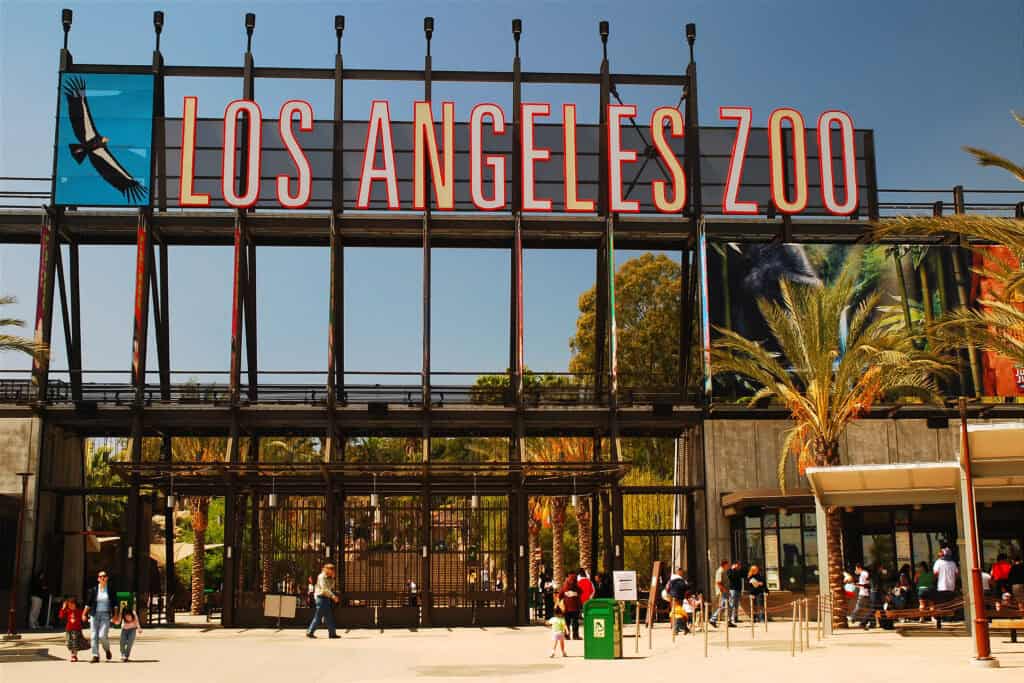
Across the United States, some of the most haunting places are not the ones wiped away overnight, but the ones slowly left to fade. A storm, a recession, or a new highway may have started the slide, yet what finished the job was delay, red tape, and budgets that never quite stretched far enough. These attractions once filled postcards and family photo albums. Now they linger as shells, reminding travelers that neglect can be as destructive as fire or flood, only much quieter.
Six Flags New Orleans, Louisiana
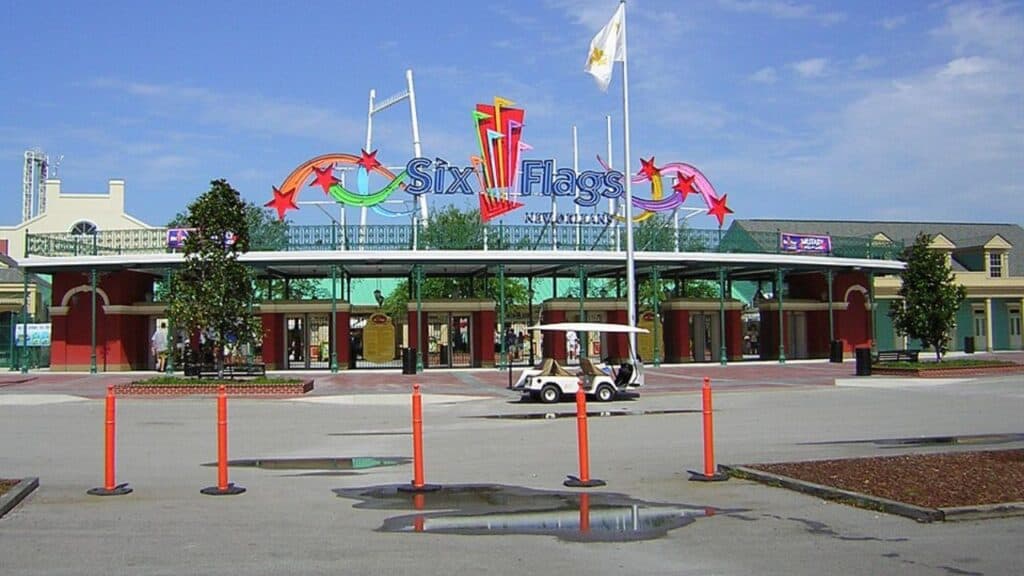
Jazzland, later Six Flags New Orleans, took a direct hit from Hurricane Katrina in 2005, but the storm was only the first chapter. After the floodwaters receded, ownership disputes, insurance fights, and stalled redevelopment left the park fenced off and rotting in full view of the interstate. For nearly 20 years, rusted coasters, drained lagoons, and toppled signs stood as a monument to civic gridlock, long before demolition and new plans finally inched forward.
Bombay Beach And The Salton Sea, California

Along the Salton Sea, midcentury resorts once promised a glamorous alternative to the Pacific. As agricultural runoff, rising salinity, and toxic dust turned the water brackish, visitor numbers collapsed. Bombay Beach in particular shifted from celebrity hideaway to near ghost town, with abandoned trailers sinking into salt and mud while environmental fixes moved slowly. The decline did not come from a single catastrophe, but from decades of half measures, missed cleanups, and communities trying to hang on as the shoreline pulled away.
Grossinger’s Catskill Resort, New York
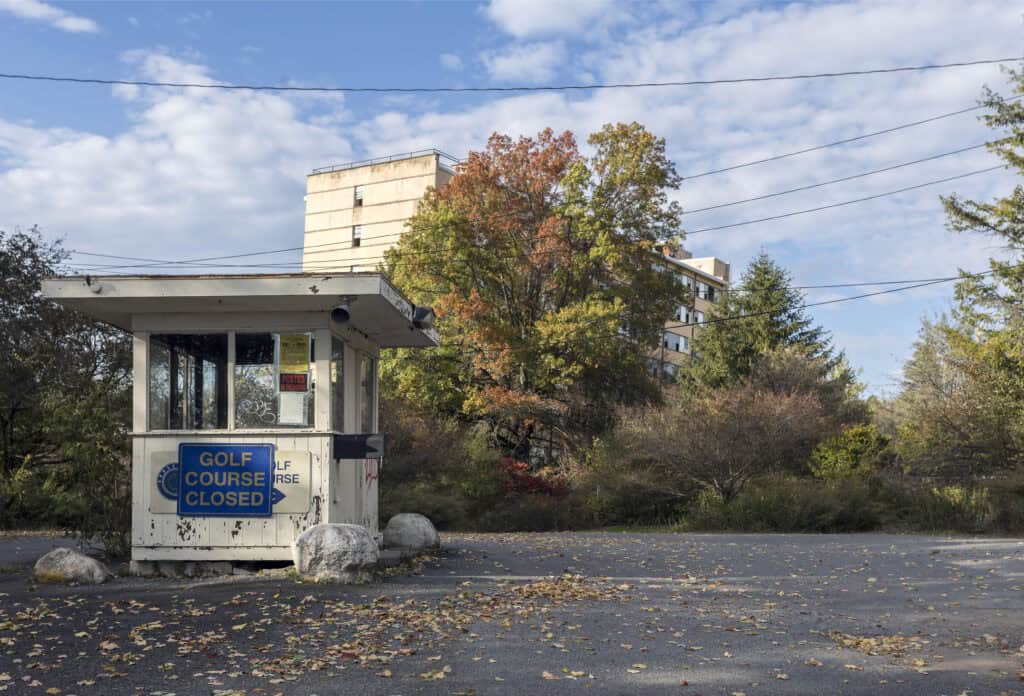
Grossinger’s was once a star of the Catskills, with its own airstrip, artificial snowmaking, and a guest list that shaped American pop culture. When air travel and new vacation habits pulled crowds toward beaches and theme parks, the resort slid into financial trouble. It closed in 1986, leaving ballrooms, pools, and midcentury towers to decay behind fences. For decades the property sat in limbo, picked over by explorers and vandals, while redevelopment schemes rose and fell more often than the plaster inside its empty halls.
Miami Marine Stadium, Florida
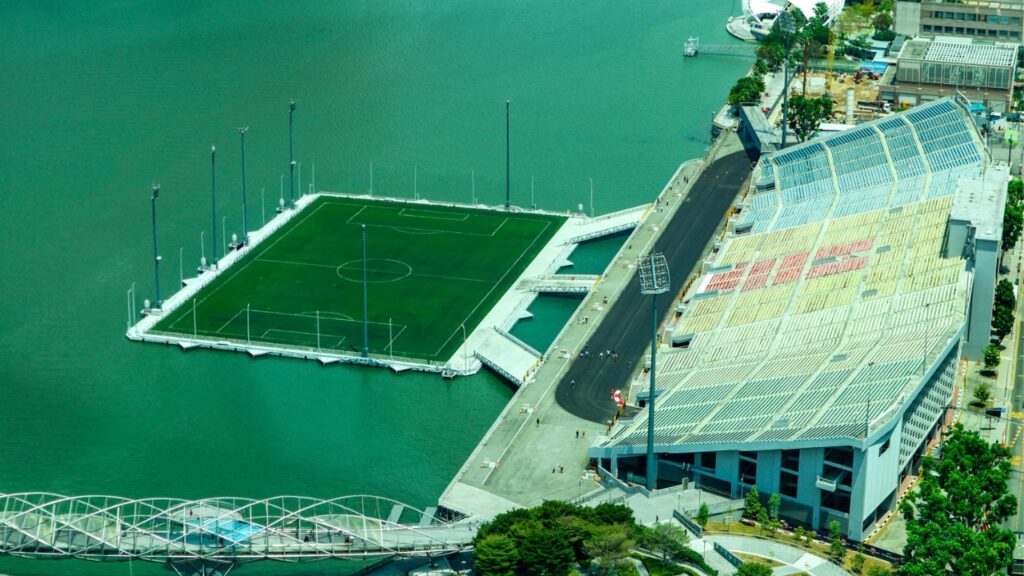
Miami Marine Stadium on Virginia Key once hosted powerboat races, concerts, and films set against Biscayne Bay. After Hurricane Andrew in 1992, the city declared the concrete structure unsafe and walked away. Later reports found the real issue was not catastrophic damage but years of deferred maintenance, leaving the dramatic cantilevered roof to crack and gather graffiti while political arguments dragged on. Only persistent activists and historic preservation efforts kept the stadium from demolition as it sat idle for decades, its best seats reserved for pigeons.
Michigan Central Station, Detroit, Michigan
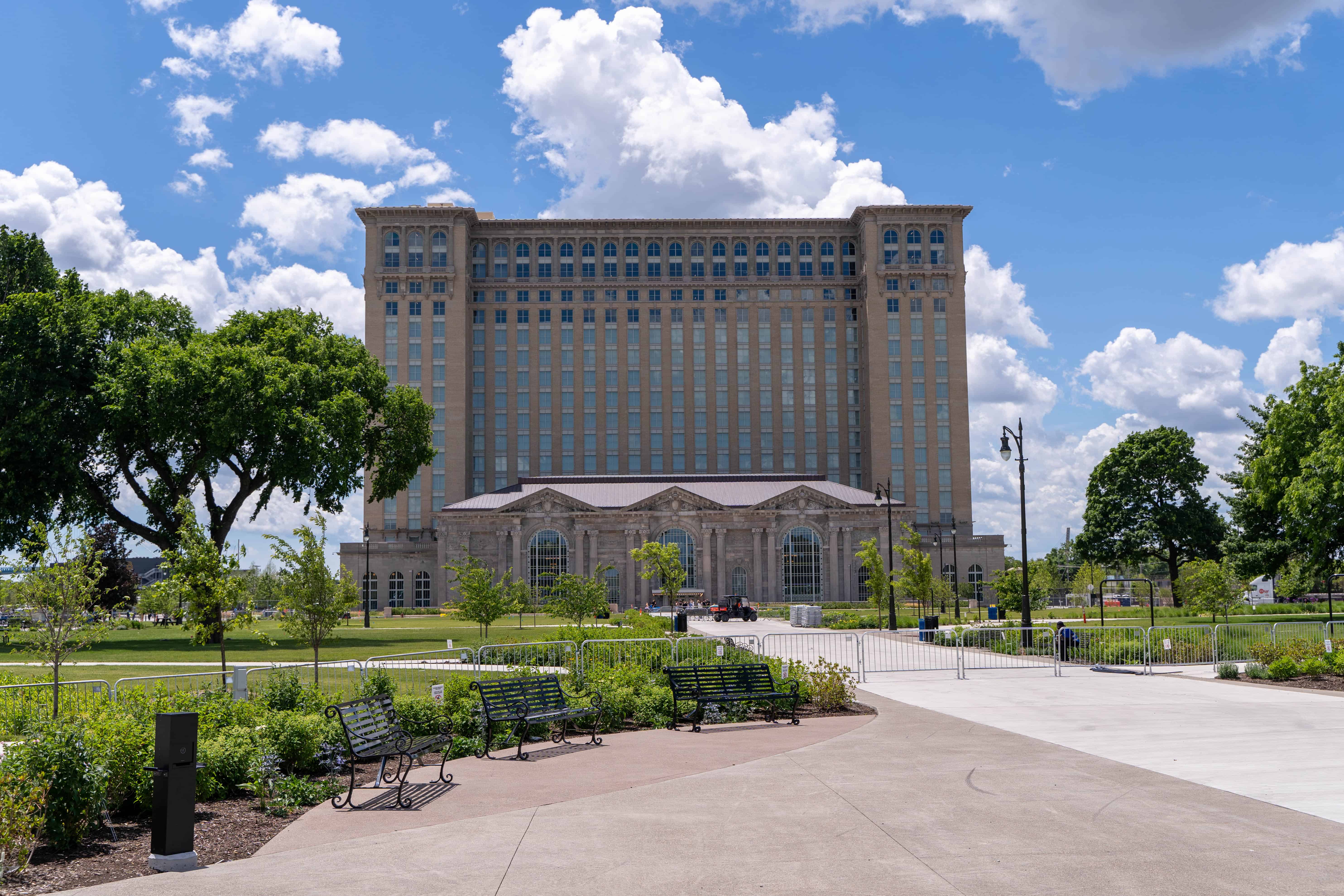
Michigan Central Station opened in 1913 as a soaring Beaux Arts gateway to Detroit, its concourse lined with marble and vaulted ceilings. When intercity rail travel declined, the station closed in 1988 and was simply left behind. For more than 30 years, wind, water, and scrappers did their slow work while the building’s empty windows stared over neighborhoods also struggling with disinvestment. Only in the late 2010s did a major restoration finally begin, but by then the long pause had already turned a proud symbol into a cautionary landmark.
Glen Echo Amusement Park, Maryland

Glen Echo outside Washington started as a Chautauqua site and grew into a beloved regional amusement park, complete with trolley access, a carousel, and dance halls. Civil rights protests in the 1960s, competition from newer parks, and changing tastes led to its closure in 1968. For years afterward, parts of the park sat eerily quiet, with shuttered midway buildings and rides that seemed frozen mid season. Community groups and the National Park Service eventually revived the grounds as an arts and cultural center, but only after a long stretch where neglect felt nearly final.
Lake Dolores ,Rock A Hoola Waterpark, California

Off Interstate 15 in the Mojave Desert, Lake Dolores once billed itself as a desert playground, then reinvented itself as Rock A Hoola with a retro theme. A downturn in visitors, serious slide accidents, and failed ownership changes pushed the park into closure in 2004. Since then, sun, sand, and opportunistic scrappers have done more damage than any single storm could. Empty pools, collapsing towers, and fading signage show what happens when a niche attraction loses investor patience and simply sits, waiting on redevelopment plans that never quite solidify.
Old Los Angeles Zoo, Griffith Park, California

The original Griffith Park Zoo opened in 1912 and closed in 1966 when a modern facility replaced it up the hill. Rather than being fully cleared, many of the concrete grottos and barred cages were left in place and folded quietly into hiking trails and picnic spots. Over time, peeling paint, graffiti, and encroaching plants turned the site into an accidental open air museum of outdated animal care. Families now wander through empty enclosures that reveal how slowly standards changed, and how the city chose to let the old zoo simply weather in public view.